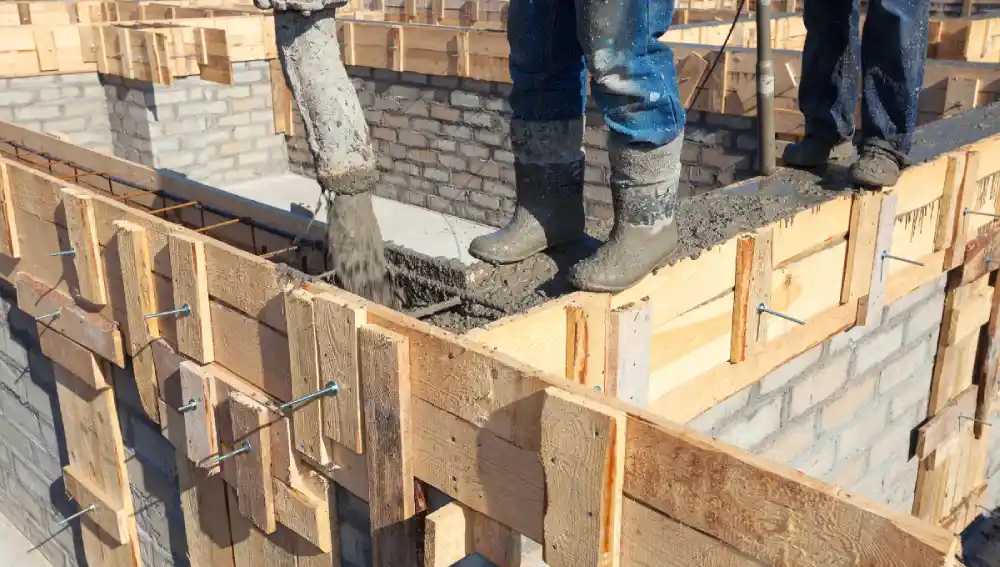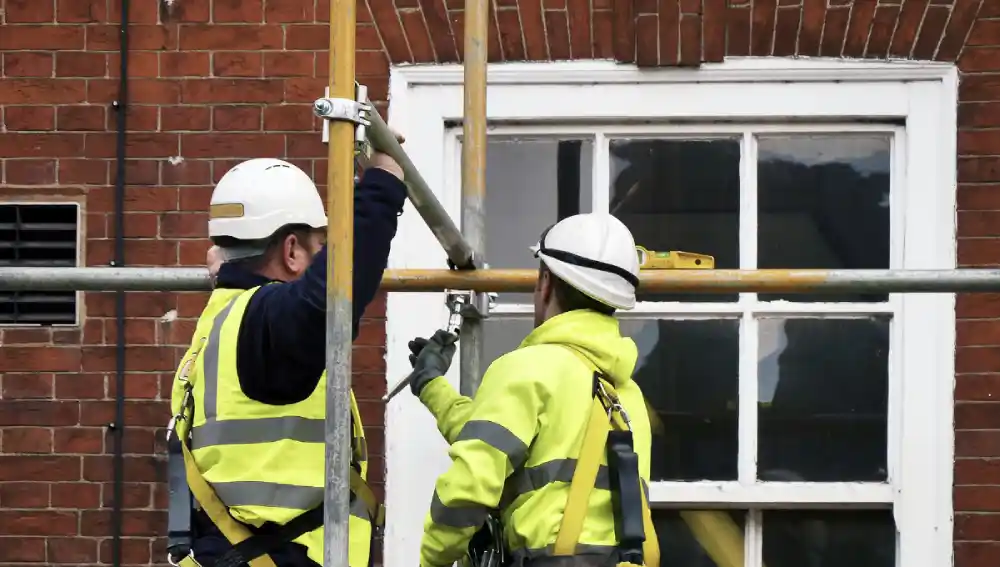Centering is a crucial technique in the construction industry that offers immense support to concrete structures while being built. It acts as a support material until the concrete hardens, which may approximately take 14 to 21 days.
It is specifically designed for the building of arches, vaults and shell space structures before the masonry is placed. This is mostly made from wood or timber and helps the fundamental compounds set well.
Types of Centering in Construction

The construction industry involves various types of centering, preferred based on the needs and budget of the project:
Timber Centering
It is the oldest method, involving wooden frameworks popularly known for its enhanced adaptability. The construction with timber support is highly economical and calls for greater labor during installation and disassembly.
Steel Centering
The steel centering offers extreme durability and longevity, making it ideal for large-scale or complex construction projects. Even though it is highly expensive, can be reused multiple times.
Aluminum Centering
It is highly durable and lightweight, seems easy to handle during assembly and disassembly. The choice of material is highly resistant to corrosion.
Importance of Centering in Construction
Proper centering ensures the construction’s strength and safety; it varies one another based on the materials you choose:
Concrete Protection: Centering retaining concrete’s intended shape and reducing damage while it cures. Once the materials are set correctly, it enhances the safety of construction.
The Integrity of the Building: When the raw materials are accurately mixed, the centering guarantees extreme strength with no unevenness and weak places.
Advantages of Centering in Construction
Here’s the list of key advantages uncovered below:
Prevents Collapse & Ensures Safety
It prevents structural collapse during the critical setting phase and provides essential support to maintain the stability and shape of structures.
Flexibility
Centering in construction can be customized to fit your building structures and architectural designs from simple to complex domes and arches.
Budget-Friendly
The specific centering types, especially aluminum and steel materials can be reused for multiple projects, reducing material cost and waste.
Customization
Centering materials can be tailored according to your project needs including shapes, sizes and load conditions.
Sustainability
Reusing the materials contributes to building a sustainable construction and reduces the environmental impact. Using strong and recyclable materials like aluminum and steel minimizes the waste.
Safety
Ensures a safe and secure working environment, making it free from accidents and injuries on the construction site. Due to its withstand capacity against high loads, it prevents early-stage failures.
Common Applications of Centering in Construction
Centering is an essential technique in the construction industry that provides temporary support till curing. Here are some of the key applications revealed:
Bridge Construction
Centering in bridge construction utilizes advanced formwork systems, and provides strong support till the concrete hardens. Arches and spans can benefit from this modular centering solution with improved efficiency and precision.
Tunnel Construction
Centering support ensures the stability of tunnel linings and arches until the structure achieves self-supporting. It is more likely to reduce labor costs and improve safety.
Building Construction
The lightweight and innovative materials like steel and aluminum potentially support ceilings, concrete floors and complex shapes like staircases. Its adjustable formwork system assists during the pouring and setting process with enhanced adaptability.
Conclusion
In conclusion, centering holds an immense part in any kind of construction project. It provides temporary support for concrete structures during the curing process, ensuring their strength and durability. Establishing a solid foundation is paramount to guarantee a successful construction endeavor.
FAQs
Centering in construction makes use of materials like steel, timber, wood, and aluminum. Based on the requirements and complexity of the projects, the choice differs from one another.
Both are temporary structures, centering is specifically to support the shape and form of concrete materials till curing. While the scaffolding gives a platform for workers during the construction work at height.
Yes, the types of centering like aluminum and steel can be reused multiple times for various projects. It reduces material costs and contributes to deriving sustainable structures.

